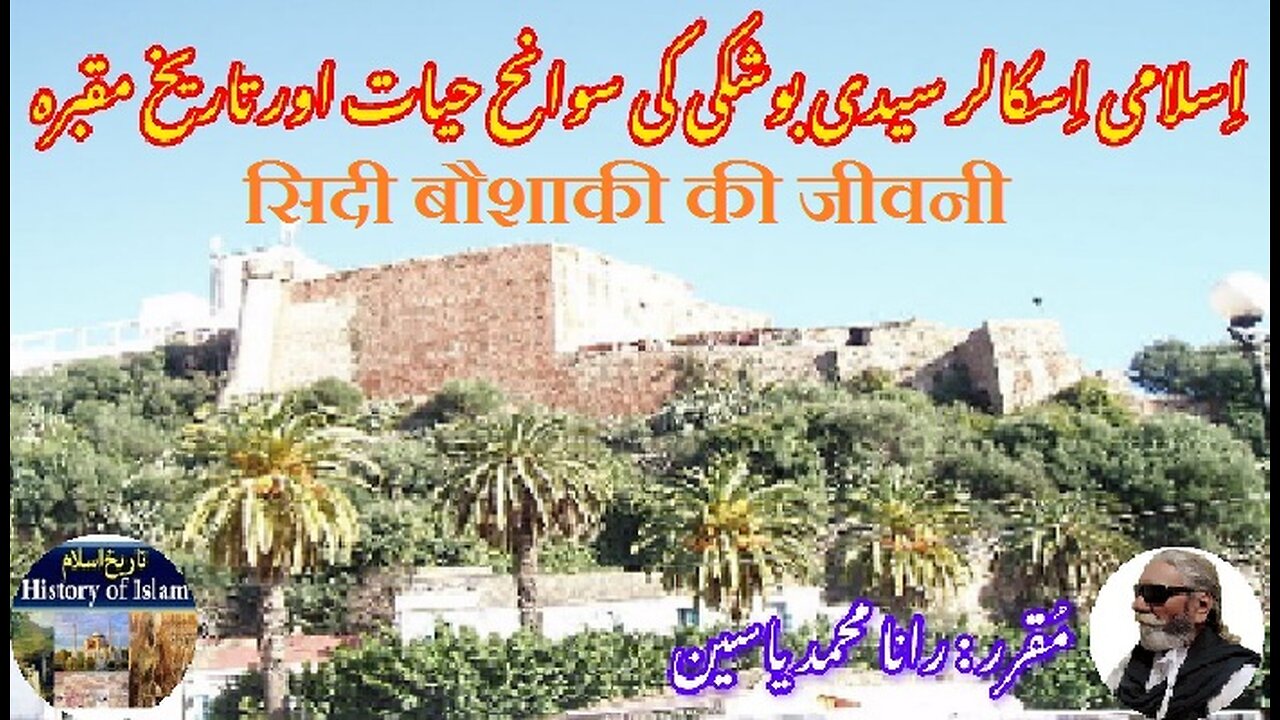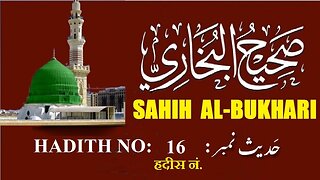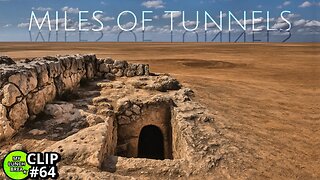Premium Only Content

Biography of Sidi Boushaki सिदी बौशाकी की जीवनी سیدی بوشکی کی سوانح عمری اور ان کے مزار کی تاریخ
@islamichistory813 #sidi #boushaki #ibrahim #ibn #faid #ezzaouaoui #sufisaint #cultural #heritage #biography #islamic #mysticism #islamic #philosophy #shrine #historical #figures
Biography of Sidi Boushaki and the history of his shrine
Dekhti Aankhooon aur sountay kaanoon ko Asslamoalaikum, sisters, brothers friends and elders, in informative series videos of Islamic ascolars, sufisaints, cultural heritages, islamic philosophys, islamic mysticisms and historical figures. today we are describing biography of Sidi Boushaki and the history of his shrine.
Sidi Boushaki, also known as Ibrahim Ibn Faïd Ez-Zaouaoui, was a renowned 15th-century Maliki theologian, jurist, and Islamic scholar from the region of Kabylia in present-day Algeria. Born in 1394 CE (796 AH) in the village of Soumâa, located in the Col des Beni Aïcha area within the Khachna mountain range—an extension of the Djurdjura mountains—he was raised in a deeply spiritual and scholarly environment. His upbringing was grounded in the Algerian Islamic tradition, emphasizing high moral values, jurisprudence, and dedication to the teachings of Islam. Sidi Boushaki came from a noble and scholarly lineage, descending from Abu Ishaq Ibrahim bin Faïd bin Moussa bin Omar bin Saïd bin Allal bin Saïd al-Zawawi. His family was well-respected for its piety, scholarship, and service to the Islamic faith, which greatly influenced his own path as a religious leader and teacher.
Sidi Boushaki devoted his life to the study and teaching of Islamic jurisprudence within the Maliki school of thought, which was dominant in North Africa. He was a strong proponent of the Algerian Islamic reference, blending religious scholarship with Sufi ethics and deep spirituality. He traveled widely to study with prominent scholars of his time, gaining deep knowledge in theology, fiqh (Islamic law), tafsir (Qur'anic exegesis), and Arabic grammar. After years of study, he returned to his homeland to teach and guide others, becoming a highly respected figure in his region and beyond.
He passed away in the year 1453 CE (857 AH), and following his death, his students and followers sought to honor his legacy by building a shrine at the place of his burial. Sidi Boushaki was buried in his native village of Soumâa, near the town of Thenia, about 54 kilometers east of Algiers. This site, nestled in the serene and mountainous landscape of Kabylia, became a place of spiritual retreat and reverence for his followers and future generations. The construction of the shrine was initially undertaken by his immediate disciples and local community members, who were inspired by his teachings and devoted to preserving his memory. Over the centuries, as his influence grew and more people came to know about his contributions to Islamic scholarship, the shrine was maintained and expanded by local religious leaders and Sufi communities.
Today, the shrine of Sidi Boushaki remains a significant spiritual and cultural landmark in Algeria. It is visited by scholars, students, and devotees who come to pay respects and seek spiritual blessings. The annual commemoration of his death is marked by gatherings for Qur'anic recitation, religious lectures, and Sufi rituals, keeping alive the intellectual and spiritual legacy he left behind. His shrine stands as a testament to the enduring impact of his knowledge, piety, and commitment to the Islamic tradition in the Maghreb region.
With this, we seek your permission until tomorrow, tomorrow we will describe the biography of Sahl al-Tustari and the history of his Shrine.
Allah Hafiz
==============================
-
 2:13
2:13
ISLAMIC HISTORY
8 hours agoHadith Nabwi | Sahih Al-Bukhari Hadith No.16 صحیح البخاری حدیث نمبر | Ilm aur Noor ki Raah
-
 LIVE
LIVE
The Rubin Report
1 hour agoAOC Doesn’t Realize How Much She Hurt Dems Shutdown Chances by Saying This
2,135 watching -
 LIVE
LIVE
LFA TV
12 hours agoLIVE & BREAKING NEWS! | WEDNESDAY 10/1/25
4,997 watching -
 1:00:55
1:00:55
VINCE
2 hours agoSOMBRERO-GATE! | Episode 137 - 10/01/25
157K114 -
 LIVE
LIVE
MYLUNCHBREAK CHANNEL PAGE
3 hours ago1000's of Miles of Tunnels
523 watching -
 LIVE
LIVE
The Big Mig™
2 hours agoSchumer Government Shutdown Screwing America AGAIN!
5,584 watching -
 LIVE
LIVE
Bannons War Room
7 months agoWarRoom Live
13,166 watching -
 1:09:26
1:09:26
Benny Johnson
1 hour agoDemocrats Throw Hysterical MELTDOWN As Trump Gives Them 'Trump 2028' Hats, Trolls With 'Racist' Meme
30.5K22 -
 1:35:09
1:35:09
Dear America
3 hours agoDems Cause a Gov SHUTDOWN!! Remember THEY HATE YOU! + Bomb Threat At TPUSA Event!!
89.7K72 -
 LIVE
LIVE
Badlands Media
10 hours agoBadlands Daily: October 1, 2025
3,998 watching